Here's the detail from the Lumia 925's launch: "The 8.7 megapixel 'PureView' camera, with its Carl Zeiss optics, dual LED flash, and optical image stabalisation (OIS), is an improved version of that in the Lumia 920, in that it now has six (count 'em) lens elements (a first in the smartphone industry)". The rationale given to us at the time was that the six element system introduced extra sharpness, optically, rather than through image processing, interestingly. You will remember I compared the cameras in the 925 and (the pre-Amber) 920, with dramatic effect - the combination of the higher spec lens and more refined image processing made for more natural images.
But we now have the latest generation image processing algorithms for the 920, the 925's older brother. Are they the same as those in the 925? It seems not. Let's take a look in our trademark interactive comparator. As you move your mouse or pointer from side to side, you should be able to directly compare the differences in processing between the two smartphone cameras.
[If you can't see the interactive comparator, then please try another browser!]
Test 1: Sunny day, landscape detail
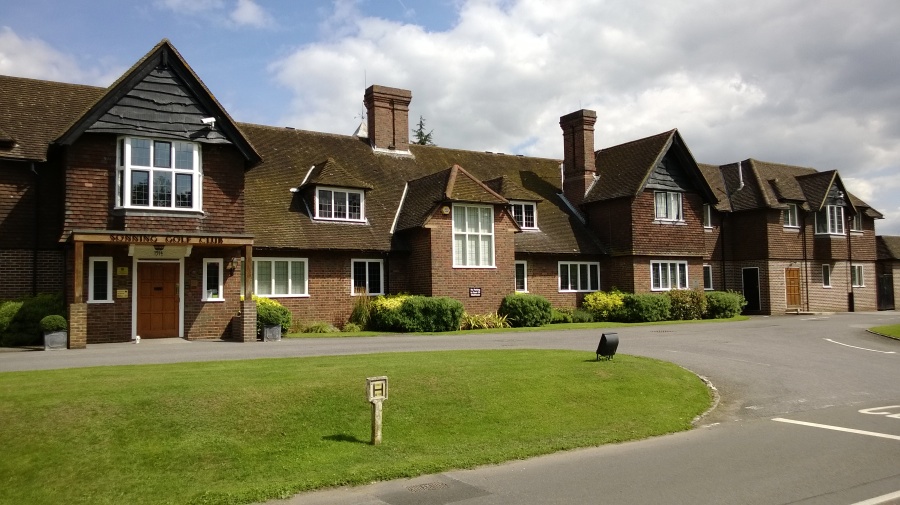
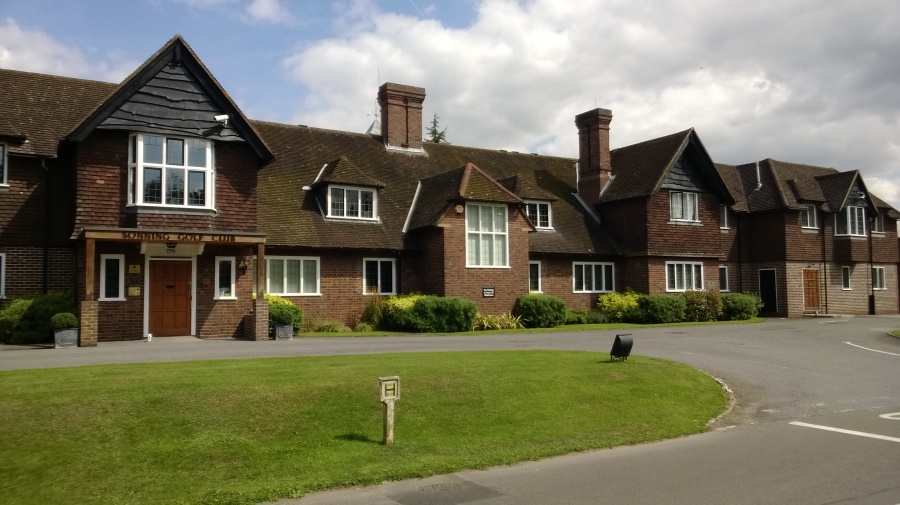
Source files: Nokia Lumia 920 | Nokia Lumia 925
It's hard to see photo differences in the overall photo, so let's crop in at 1:1 on some central detail. Again, move your mouse or pointer from side to side:
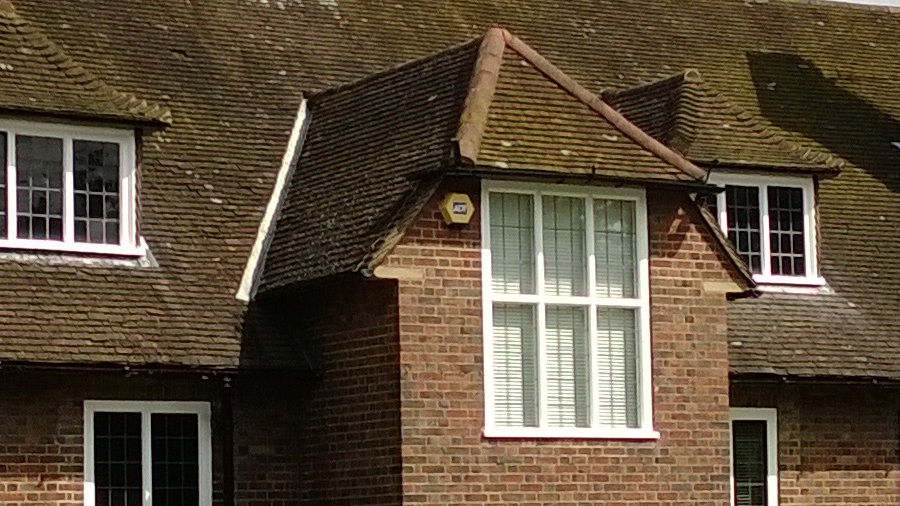
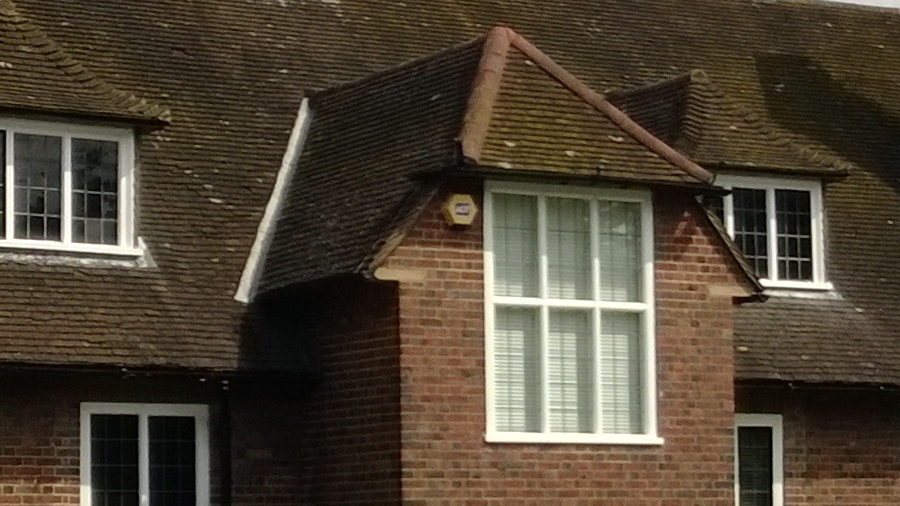
Brickwork is always good for showing up sharpening artefacts, though I prefer the 920's version, at a pinch. The 925's images are natural but 'soft', while every last bit of detail is eked out in the 920's sharpened photo, with these new image processing algorithms.
Test 2: sunny day, macro detail
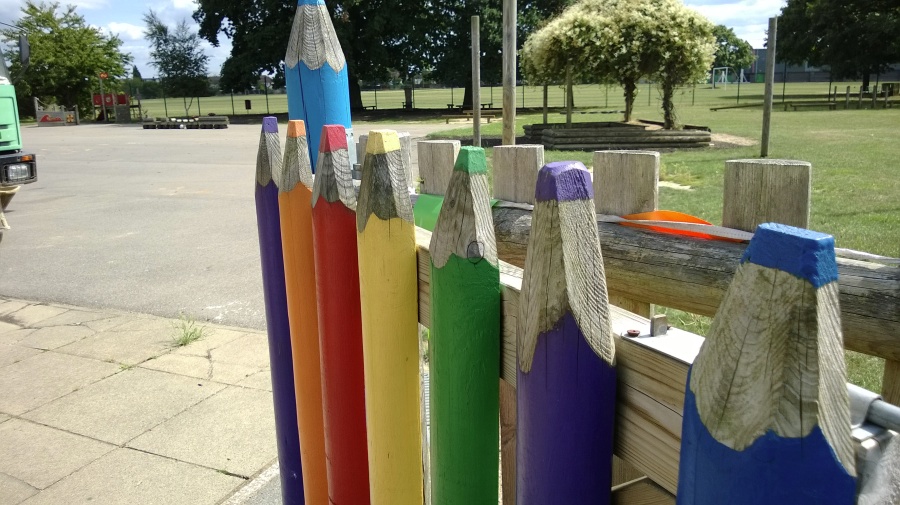
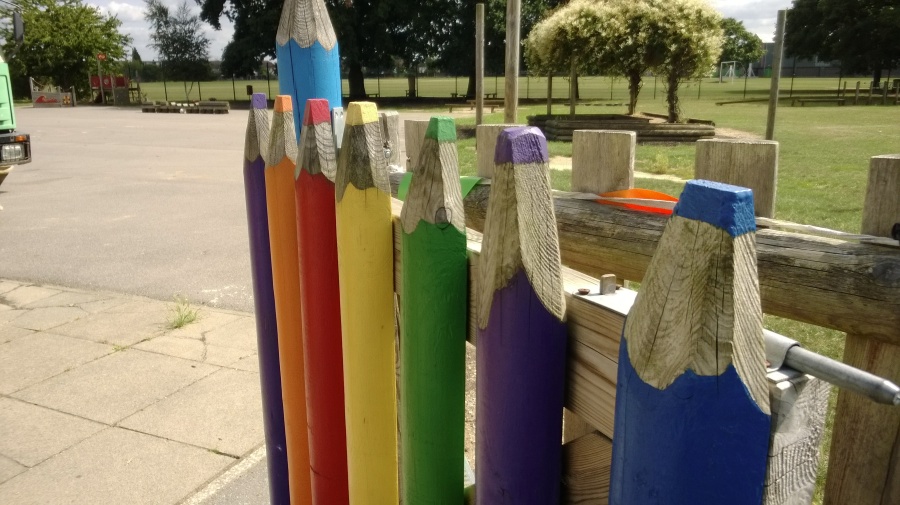
Source files: Nokia Lumia 920 | Nokia Lumia 925
At first sight, the 920's version looks stunningly clear, but again, let's look much closer:
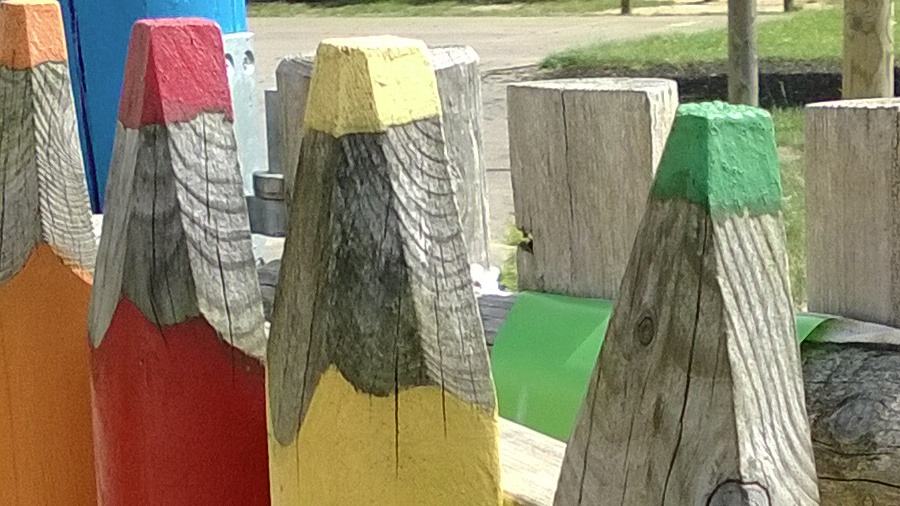
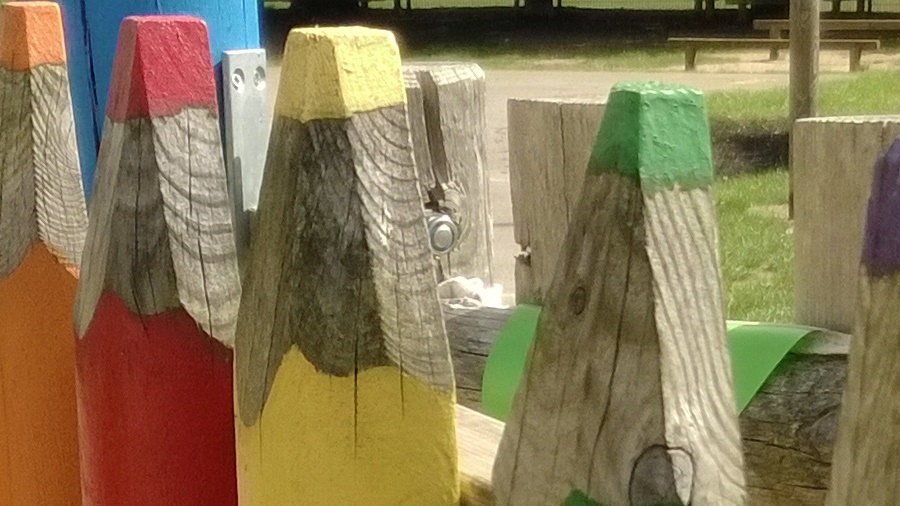
This time I come down on the side of the more natural 925 image, but it does go to show how much difference image processing can make.
Test 3: very low light LED-lit macro


Source files: Nokia Lumia 920 | Nokia Lumia 925
Both very clear, so we crop in to compare 1:1 detail:
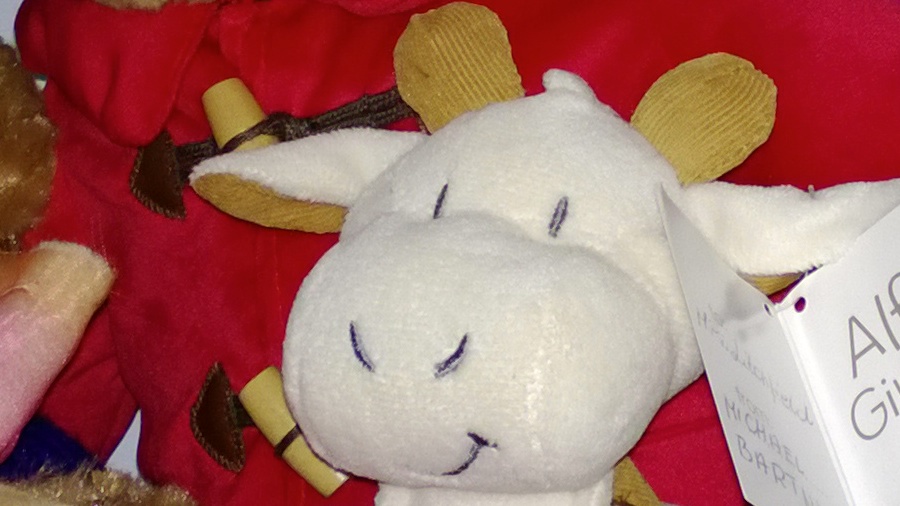
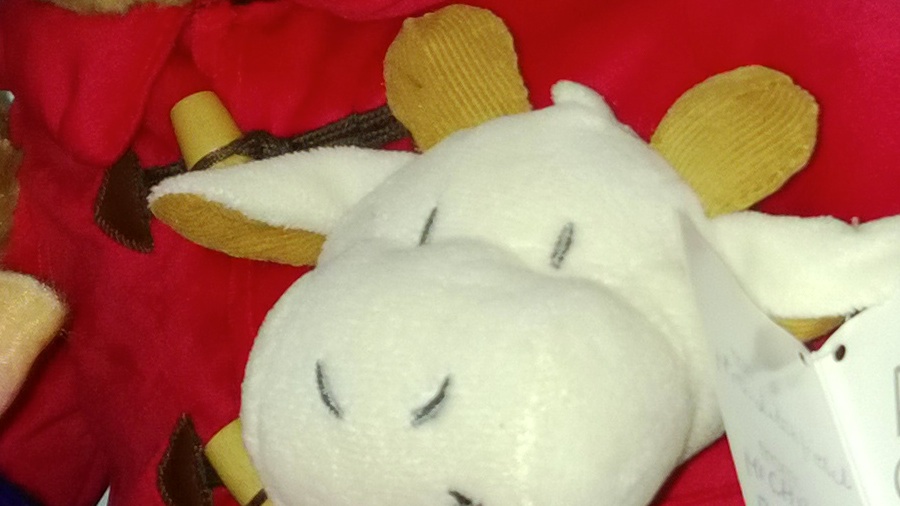
Aided by handling the exposure very slightly better, the 920's photo is more detailed and textured. Giving, arguably, the win to the Lumia 920 by 2 to 1.... Given how (relatively) poor the Lumia 920 has been for so many months at producing JPGs which were colour accurate and detailed, the Amber update has transformed the device. Well done, all round.
Verdict
As I've emphasised several times before, every digital photo ever taken has processing applied to it. The raw information coming from the (typically) RGB pixels has to be combined, algorothmically, with the luminance information, in a Bayer arrangement. So even the purest digital image is already a mish mash of data at the pixel level. On top of this, there's typically noise reduction, colour correction (e.g. saturation) and sharpening.
With the new algorithms in the Nokia Amber update for the Lumia 920, Nokia has definitely erred on the side of over-sharpening, perhaps in response to most other manufacturers, who do likewise. You see, it's all a con, really. The human eye sees sharpened detail and assumes that's 'right' and that a softer version must be slightly blurred and defective somehow. When all the time it's simply a matter of how the photos are processed before the JPG file is created.
There is, therefore, no real right and no real wrong. Uber-purists will point to devices like Nokia's own N8 and 808 PureView and declare that these images are best because they have a minimum of extra processing, while most real world users will latch onto extra colour and extra sharpness and declare that they can see more and that these latter images are 'better'.
So, over to you. Which set of processing algorithms do you prefer?
